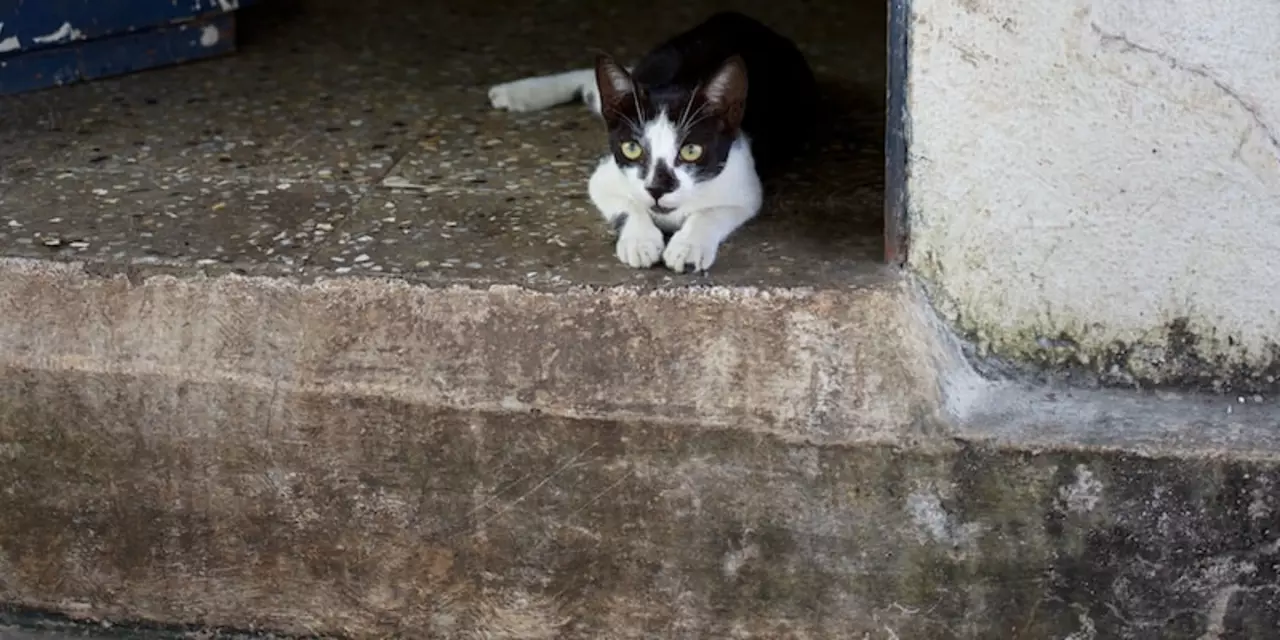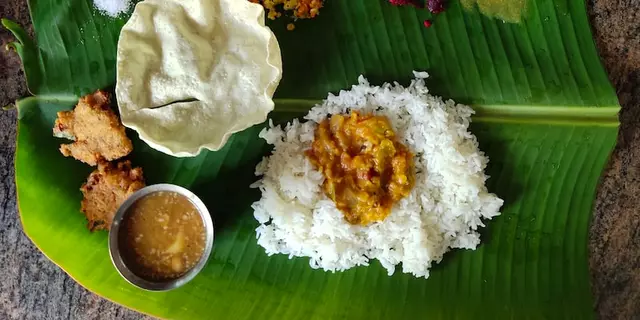Alcohol Consumption in India – What’s Shaping the Market?
Ever wonder why some drinks dominate while others stay on the fringe in India? The answer lies in a mix of tradition, price, and law. Understanding these factors helps you see the real picture behind sales figures and street‑side chatter.
Culture and Religion Drive Choices
India’s diverse religious landscape plays a huge role. Many Hindu families limit alcohol at celebrations, while Muslim communities often avoid it altogether. In contrast, regions with a stronger Christian influence, like Goa and parts of the Northeast, have a more relaxed vibe. These cultural habits decide which drinks get a foothold and which stay hidden.
Price, Availability, and Legal Rules
Beer, for example, is cheap in Europe but costs a lot more in India because of heavy taxes and import duties. That price jump pushes many drinkers toward locally made spirits such as whisky or rum, which are cheaper to produce. Add state‑level liquor laws—some states ban sales after certain hours, others enforce dry days— and you see a patchwork that shapes where and when people can enjoy a drink.
Urban millennials are changing the game, though. With rising disposable income, they’re trying craft beers, flavored gin, and ready‑to‑drink cocktails. Online delivery platforms make it easier to order from home, bypassing some of the traditional restrictions.
Government policies also aim to balance revenue and health concerns. Excise duties bring in big numbers for state budgets, but higher taxes are meant to curb binge drinking. The result? A market that’s constantly adjusting to stay profitable while trying to stay responsible.
Beyond beer, Indian whisky dominates the shelf. Brands that blend local grains with imported malt attract both old‑school fans and new drinkers. Rum, especially dark varieties, enjoys steady demand in the south, where it pairs with local cuisine.
Health trends are making an impact, too. More people are looking for low‑alcohol or alcohol‑free options, and manufacturers are responding with “smart” drinks that claim fewer calories and lower ABV. This shift is still small but growing fast in metro areas.
So what does the future hold? Expect more regional brands, tighter regulations, and a gradual rise in premium products as consumers get more educated about quality. Keep an eye on policy changes and shifting tastes—they’ll tell you where the next big opportunity lies.
Whether you’re a buyer, a marketer, or just curious about why you see more whisky than beer on Indian shelves, these cultural, economic, and legal forces are the real drivers behind alcohol consumption in India today.
Arvind Chatterjee, Apr, 28 2023
Why is drinking beer not as prevalent in India as it is in europe?
Beer is an integral part of European culture and is widely consumed in many European countries. In India, however, it is not as widely enjoyed and is often associated with negative connotations. This is due to a number of factors, including the country's religious customs, the economy, and the cultural attitudes towards alcohol in general. The high cost of beer, combined with a lack of education and awareness about its benefits, has made it difficult for Indians to make beer part of their lifestyle. Additionally, the legal restrictions on alcohol in India have discouraged the growth of beer culture. Ultimately, the lack of prevalence of beer in India is due to a combination of cultural, religious, economic, and legal factors that have conspired to keep it from becoming as popular as it is in Europe.
View More



